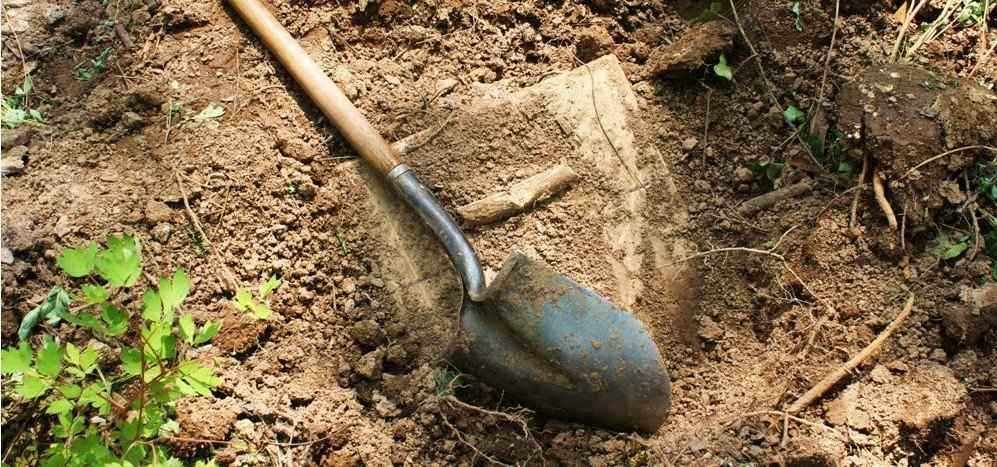Question
Gramps,
In Omni 1:21 it says that the Nephites in Zarahemla discovered Coriatumr, the last of the Jaredites. If I understand correctly, this was hundreds of years after Lehi and his family arrived in the Americas. If this is so, were the Jaredites still there at that time? Or did the Lord simply prolong the days of Coriantumr in order to fulfill the promise He had made that Coriantumr alone would live to see the prophecies fulfilled?
Emily
Answer
Hi Emily,
I believe you are correct when you suggest that the Jaredite nation was still inhabiting the promised land when the Nephites and the people of Zarahemla arrived and began colonizing the area. This idea is very probable. Let’s discuss it in a little detail.
The remarkable history of the Jaredite nation, and its horrific end, are cataloged briefly in the Book of Ether. There were only two known survivors of the entire Jaredite nation after it self-destructed: The prophet Ether himself, who had been charged to keep the record of the destruction of this nation and of whom we never hear more; and King Coriantumr, who was cursed to survive his people and see their utter destruction. Of Coriantumr, we are told by Amaleki in the book of Omni that he lived with the people of Zarahemla for “nine moons” (v. 21). Coriantumr must have died among the Mulekites after this, because Ether’s prophetic curse (Ether 13:21) specified that Coriantumr “should only live to see…another people receiving the land for their inheritance; and…receive a burial by them”.
I suppose it is possible that Coriantumr was miraculously preserved for many years after that battle until encountering the Mulekites, but it is far more reasonable to suppose that he encountered them relatively shortly after that battle. The wounds and resulting infections that Coriantumr had surely received in that series of battles would easily account for why he died within eight or nine months of being found.
More interesting than such speculation is the record in Mosiah 8 concerning the southern group of Nephites — those who wanted to return and colonize the original land of Nephi, and who left and were ruled by Zeniff, then by the wicked king Noah, then by Noah’s son Limhi. Limhi sent out a search party to look for the land of Zarahemla that their ancestors had left some 80 or so years previous. This group was unsuccessful in finding Zarahemla, but in their searchings they happened upon the Ether’s plates that contained the Jaredite history. They also found “breastplates…of brass and of copper, and…perfectly sound…[as well as] swords, the hilts [of which] have perished, and the blades…cankered with rust“. This sounds like artifacts found within a few generations of their use and abandonment, not many centuries later — as would have been the case if Coriantumr had been miraculously preserved for a very long time.
We are not told exactly when the people of Zarahemla found Coriantumr, except that it occurred before they met up with the Nephites. The history appears not to have been recounted first-hand by surviving Mulekite witnesses of Coriantumr’s nine-month visit and death, but rather to have been recorded on a stela (stone historical monument), or perhaps something like the Shabaka Stone, and then translated much later by the spiritual gifts of the Nephite king Mosiah. This might suggest that the encounter with Coriantumr happened in the more distant past, beyond the lifetimes of those living at the time the Nephites combined with the people of Zarahemla. Although we do not know exactly when this union of Nephites with Mulekites took place, the Book of Mormon dates suggest it happened between about 279 BC and 130 BC. Thus, Coriantumr’s arrival among the Mulekites must have taken place at least a couple of generations, and probably many generations, before this combining of the Nephite and Mulekite nations.
So we might tentatively conclude that the Mulekites’ encounter with Coriantumr would have occurred no earlier than about 580 BC and probably no later than a maximum date of about 200 BC. I would tend to opt for something toward the earlier date.
In the end, there is no authoritative answer to your question. The evidence seems to me to indicate that Coriantumr encountered the Mulekites or people of Zarahemla, those whom he was told would inherit the land in place of his people, within a short time of his nation’s destruction.
Gramps







